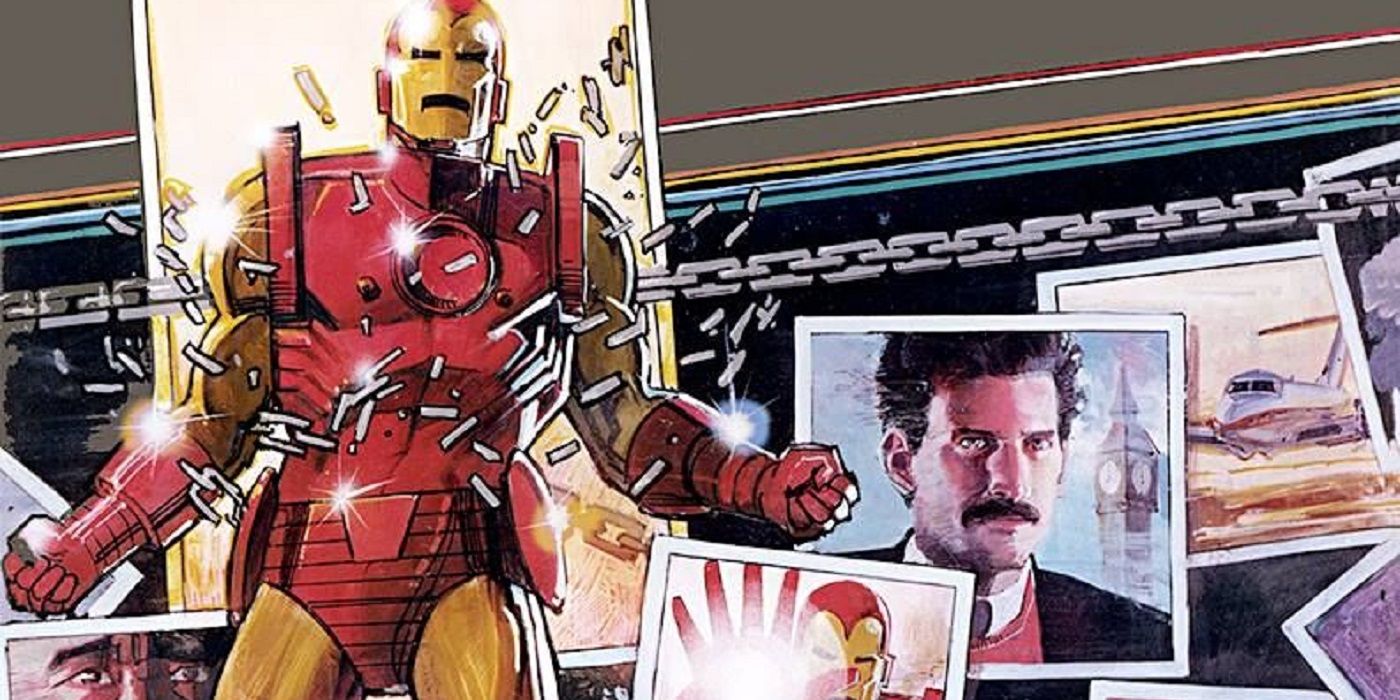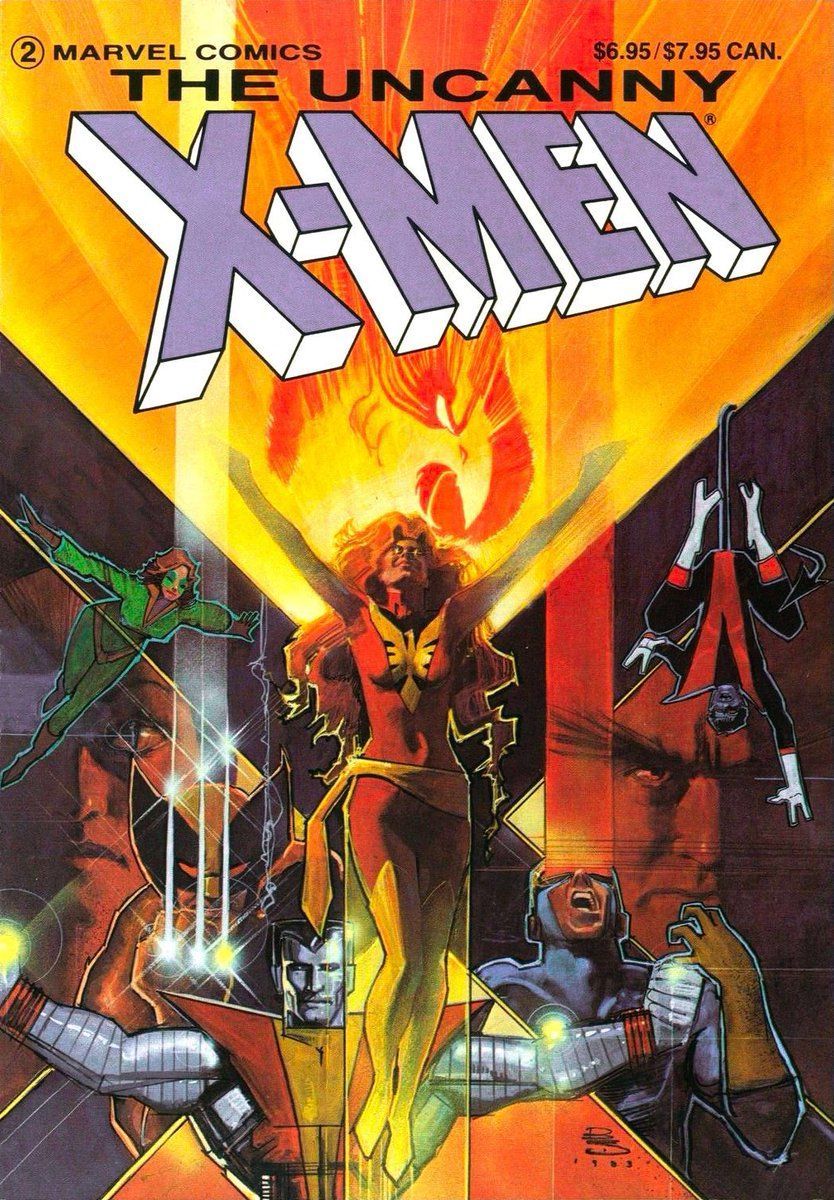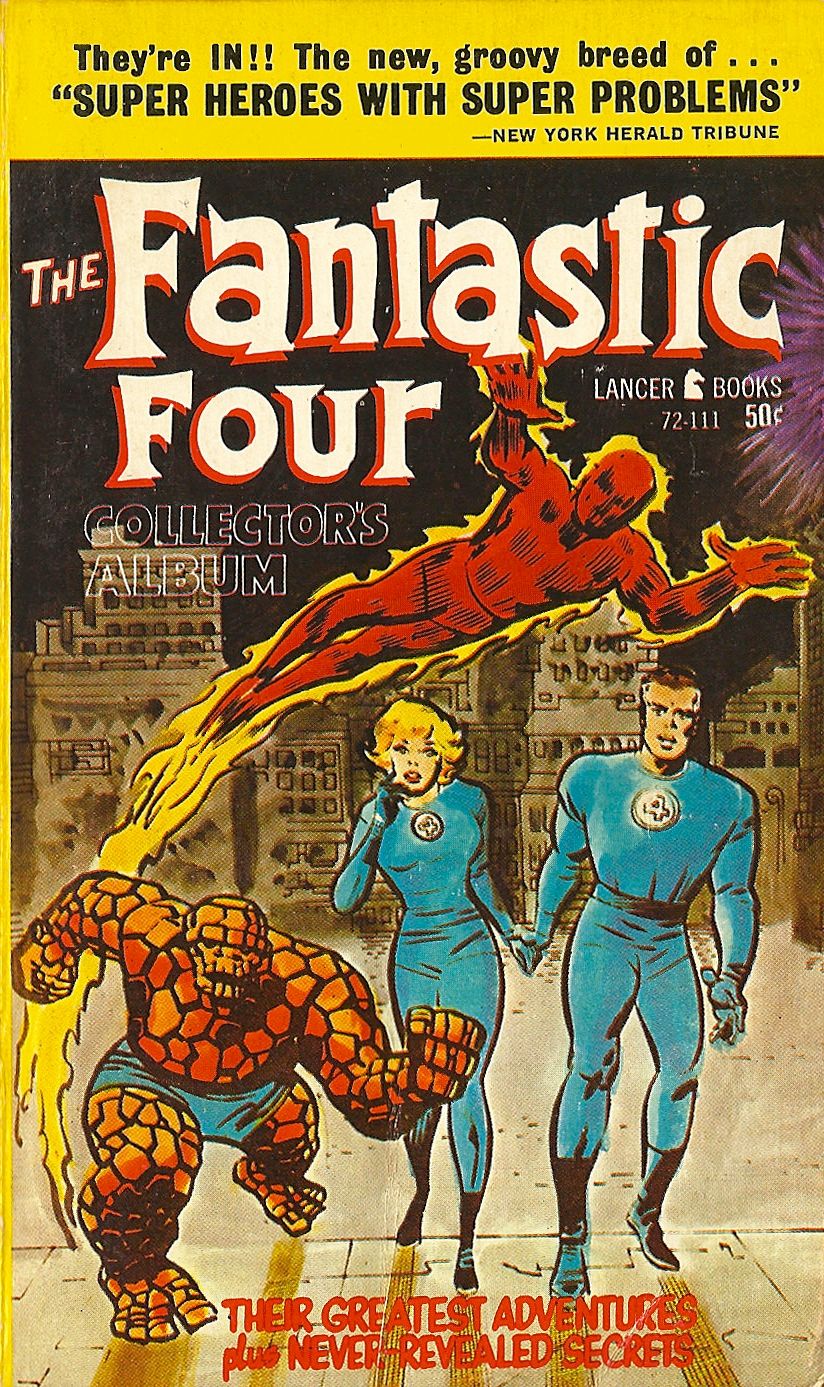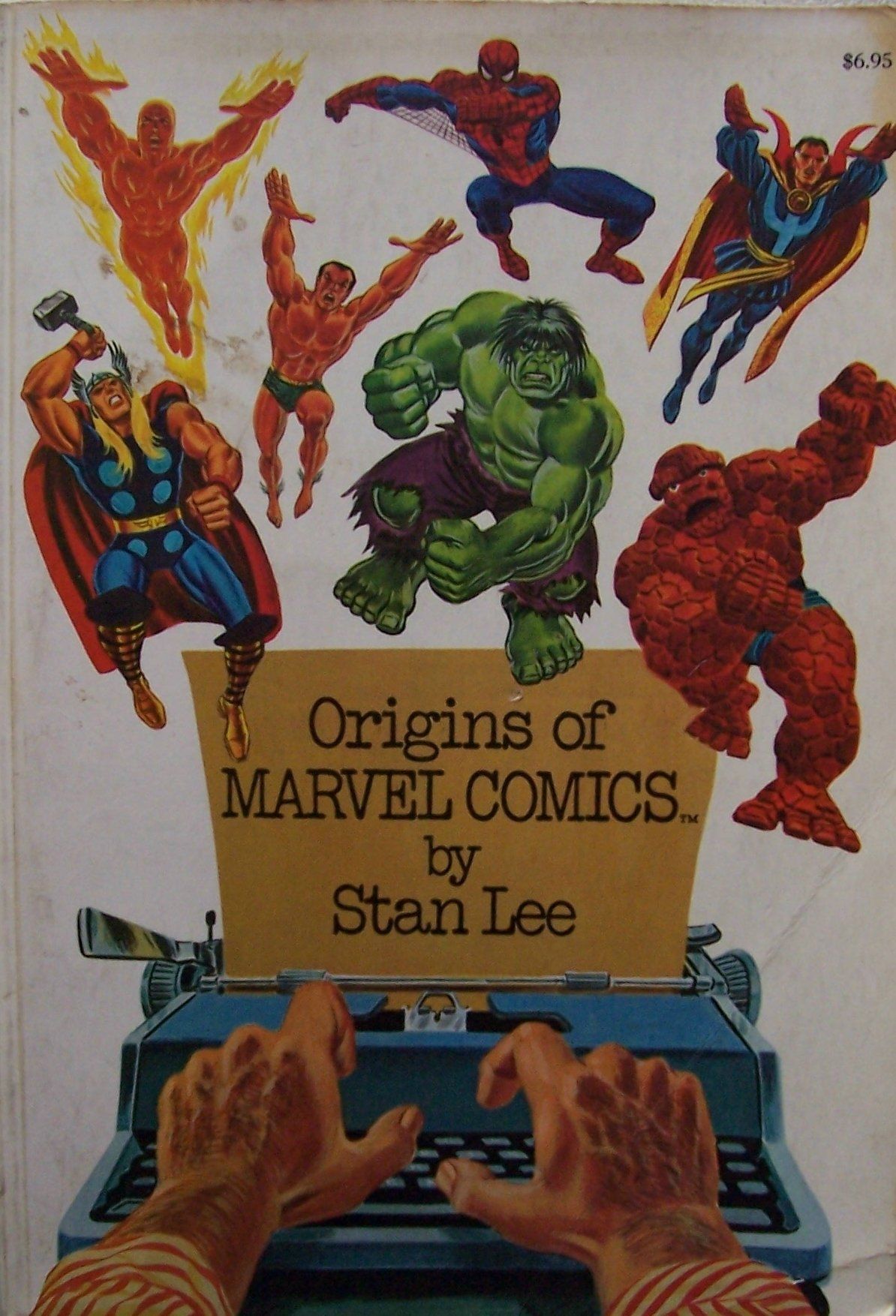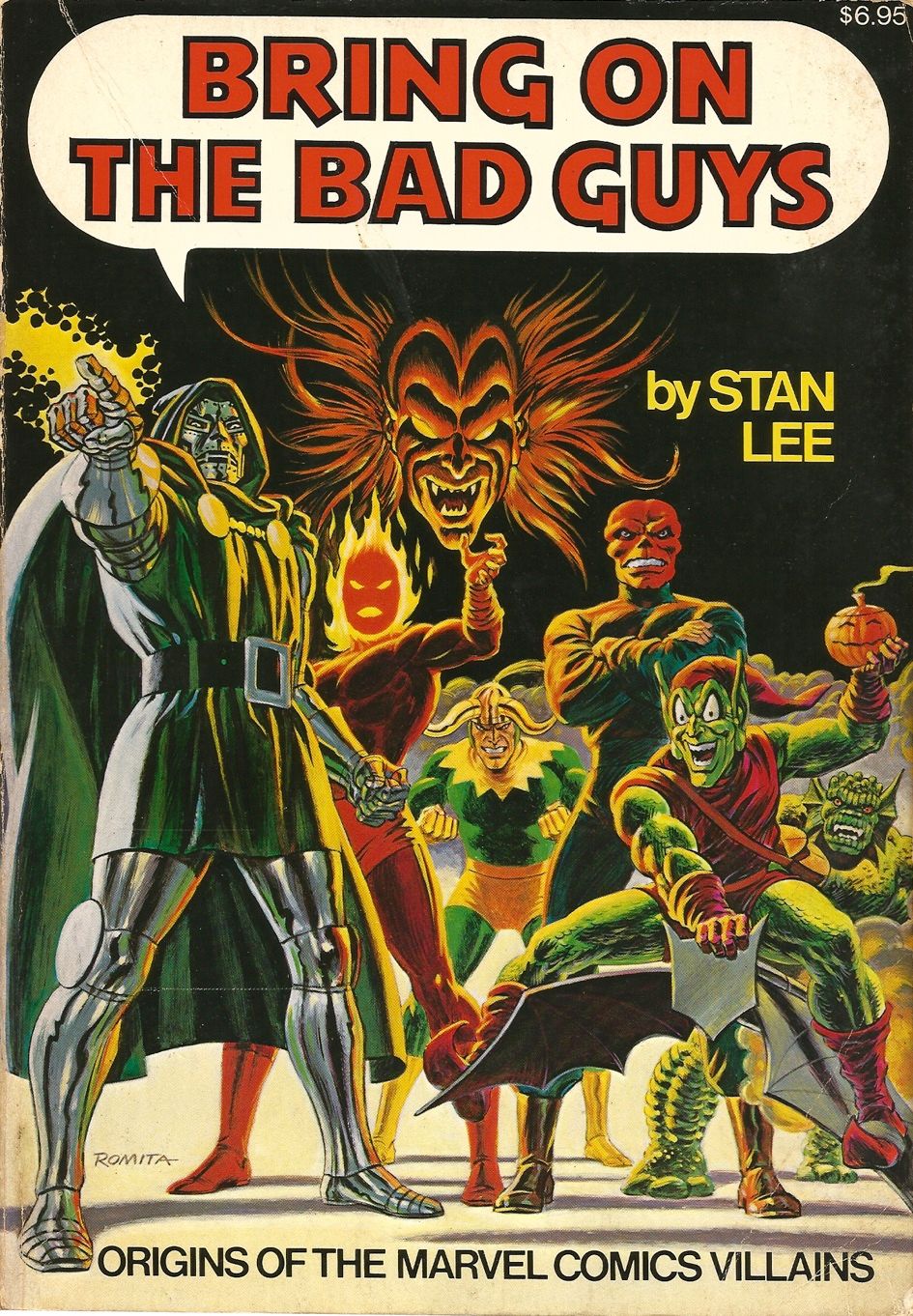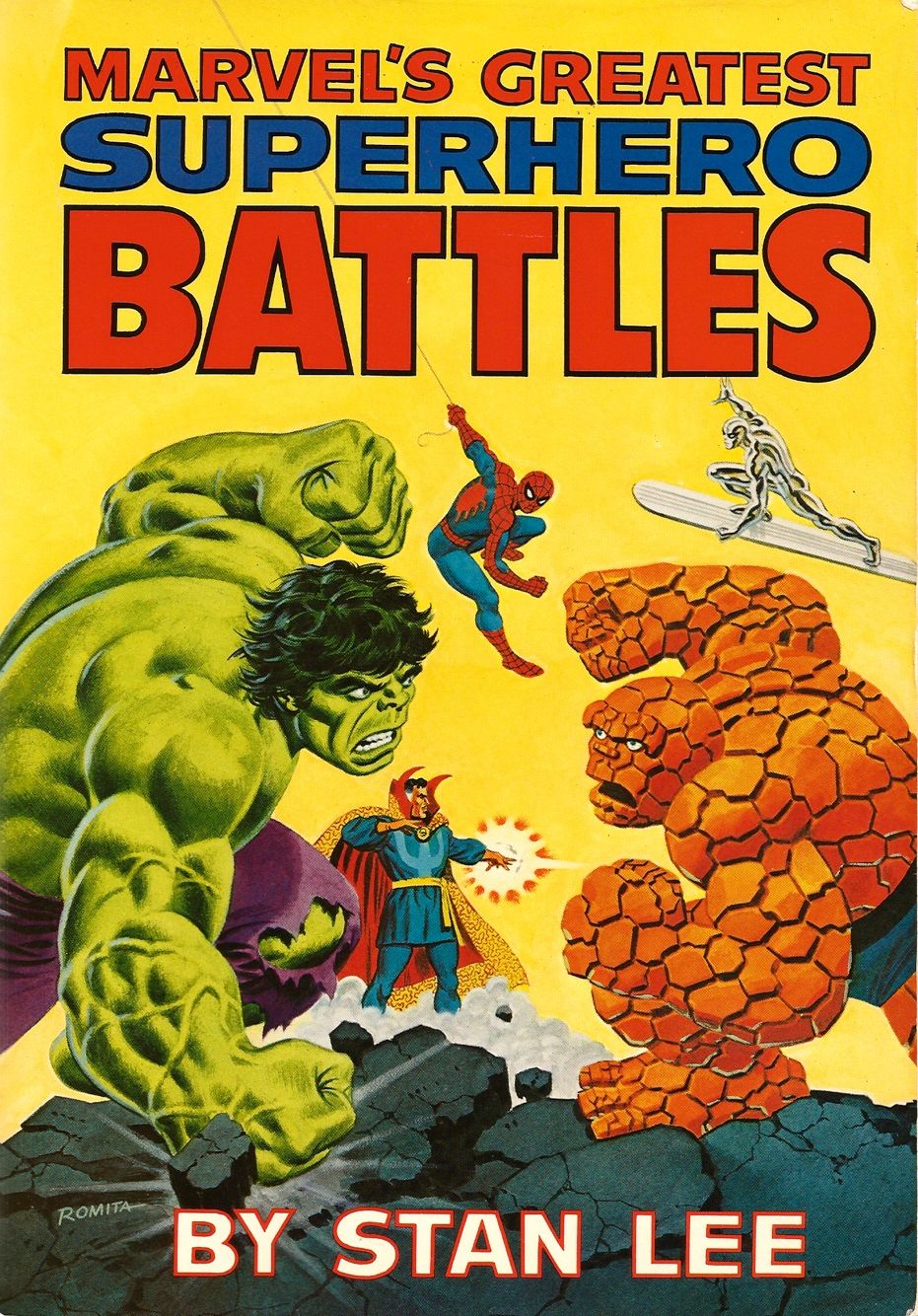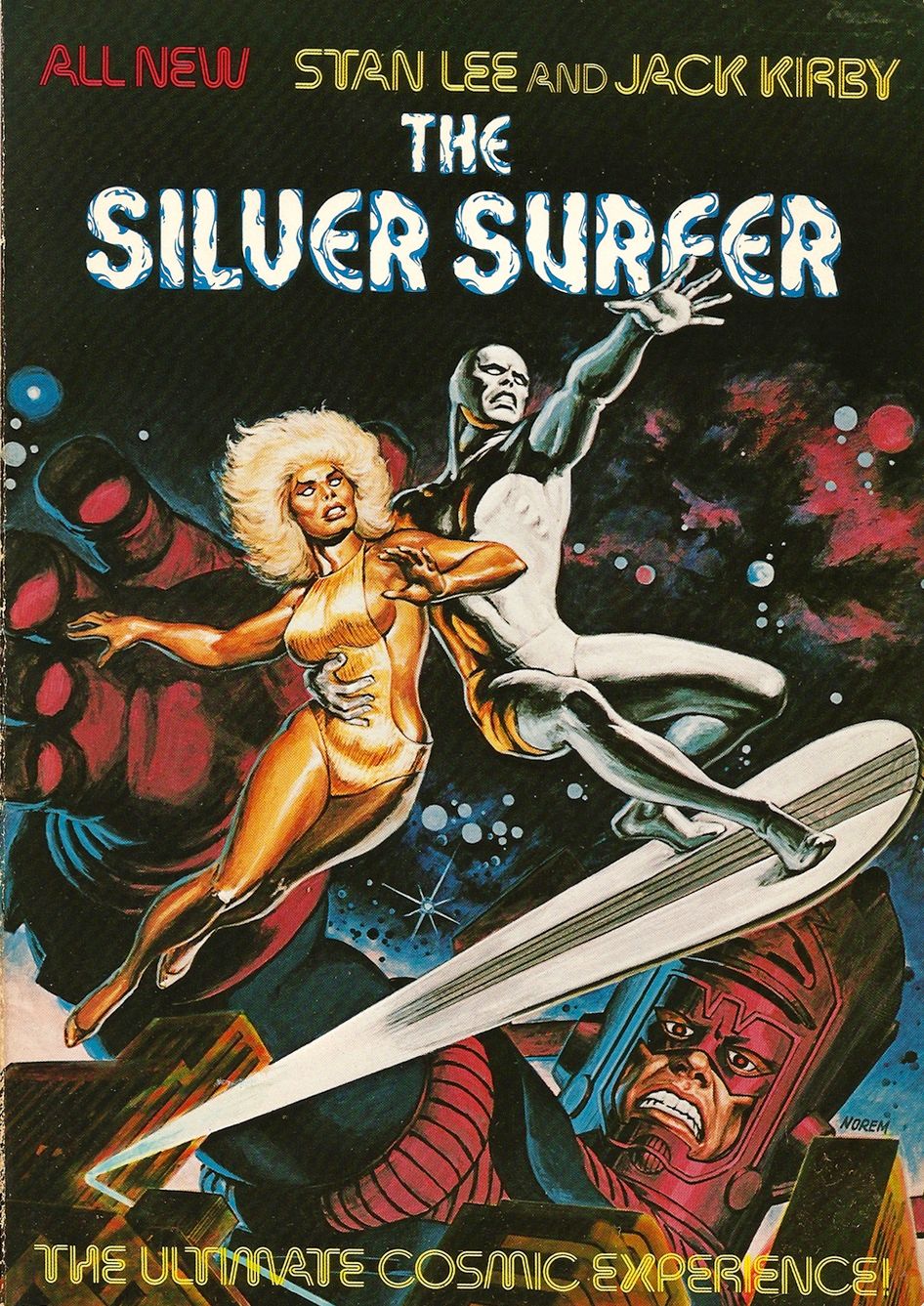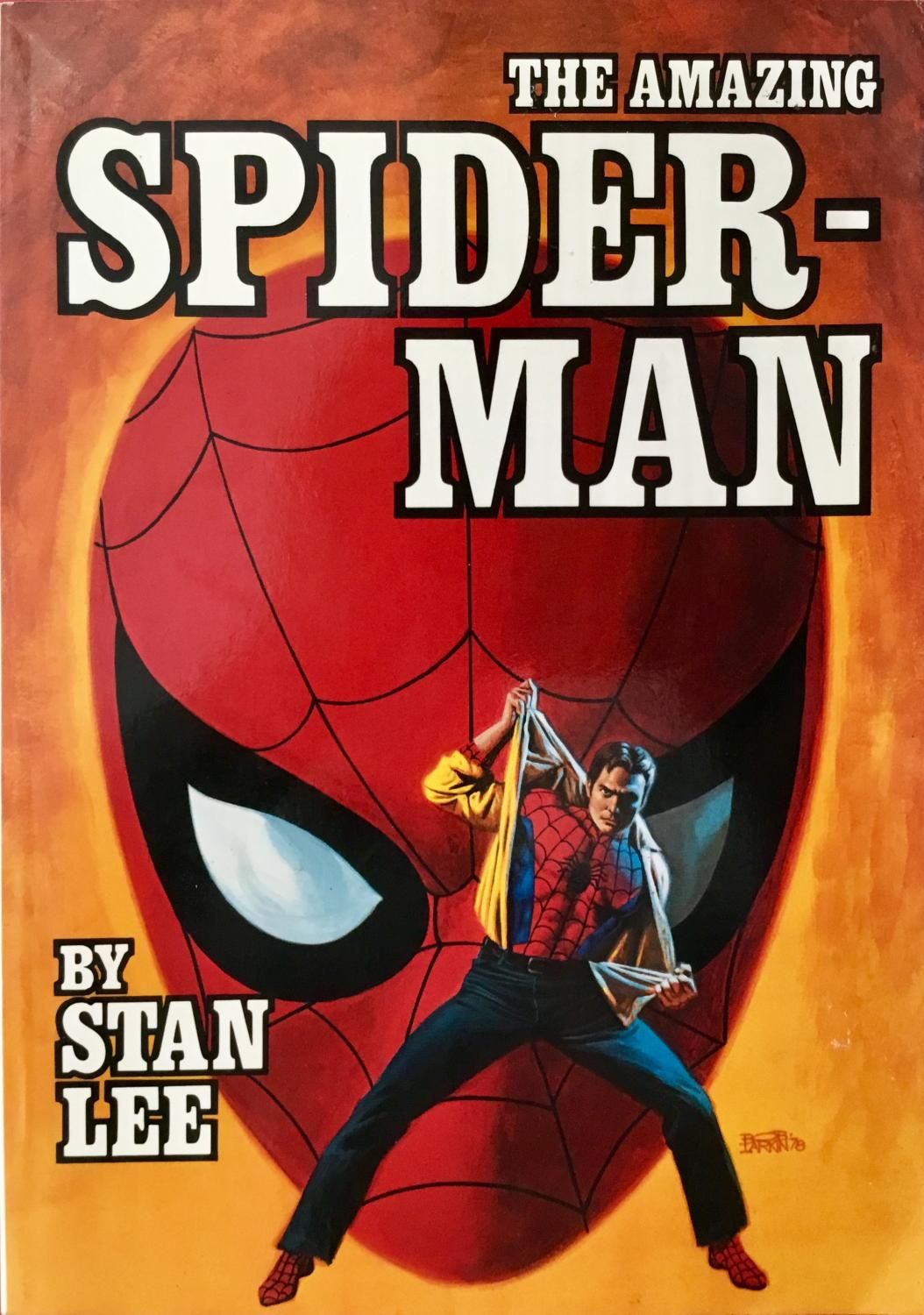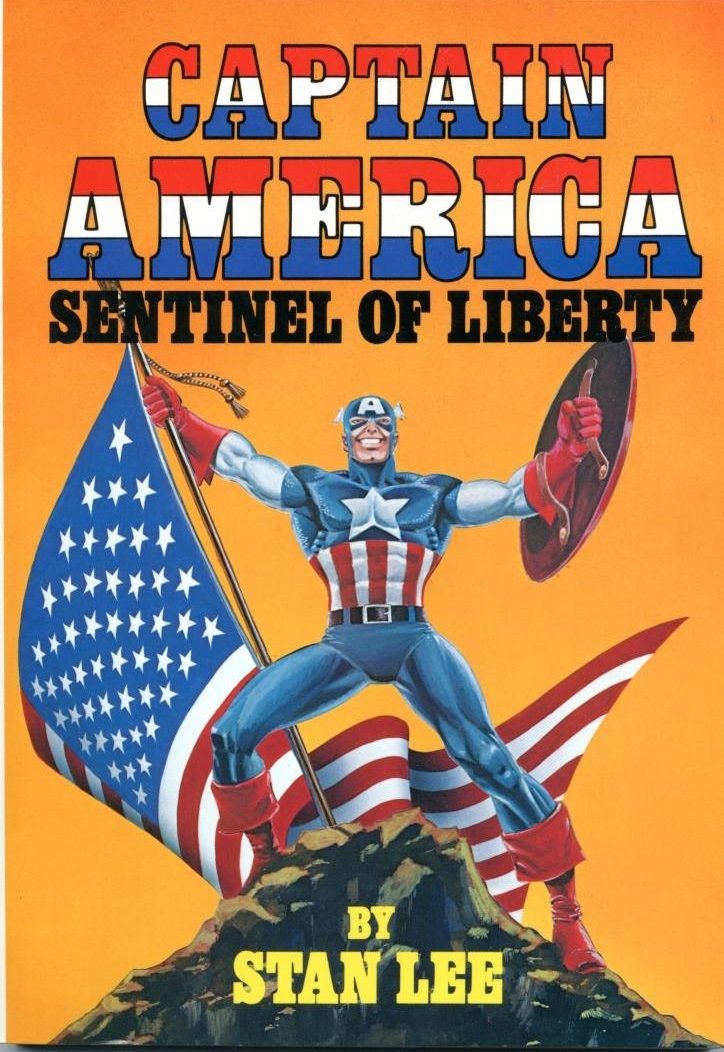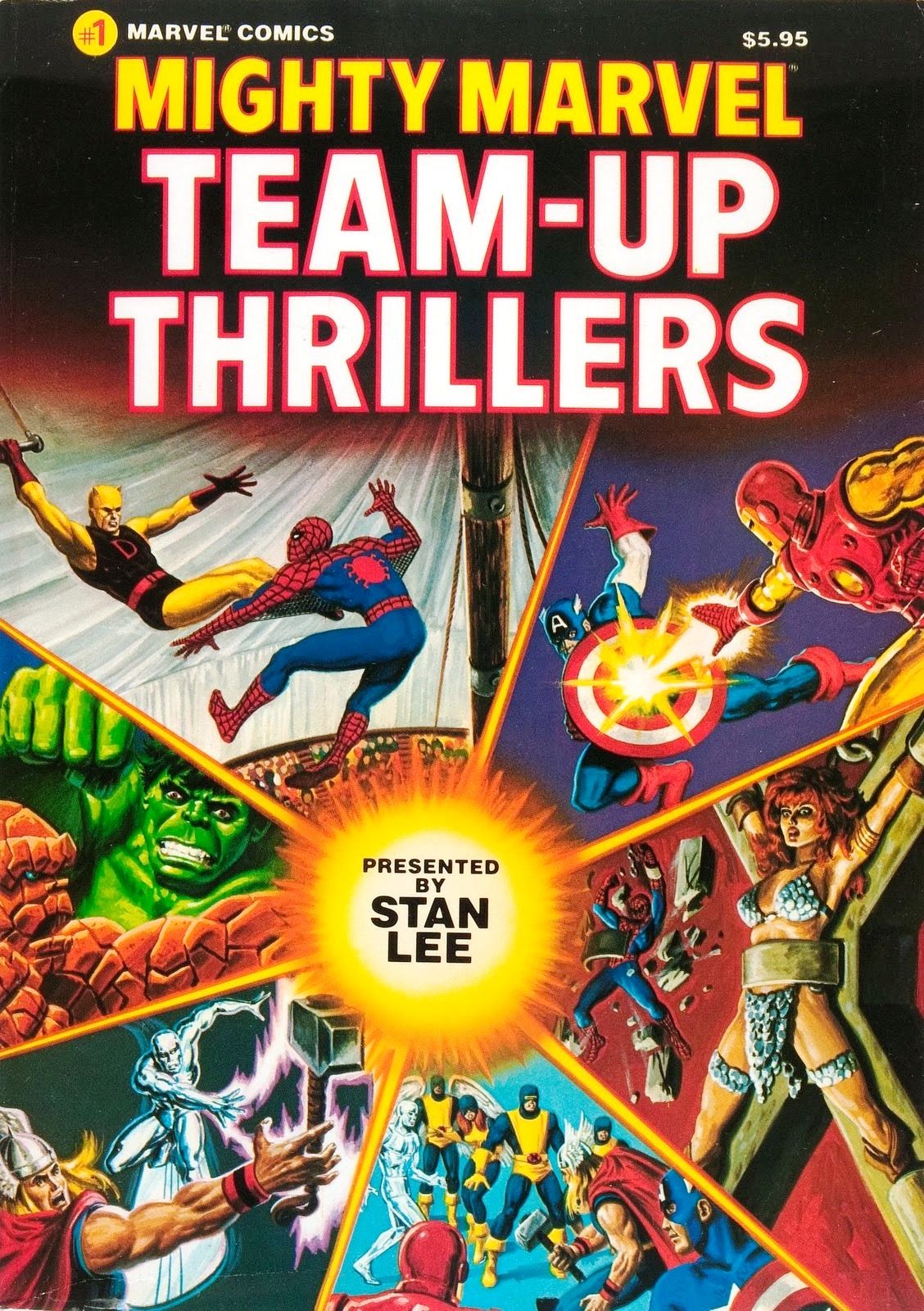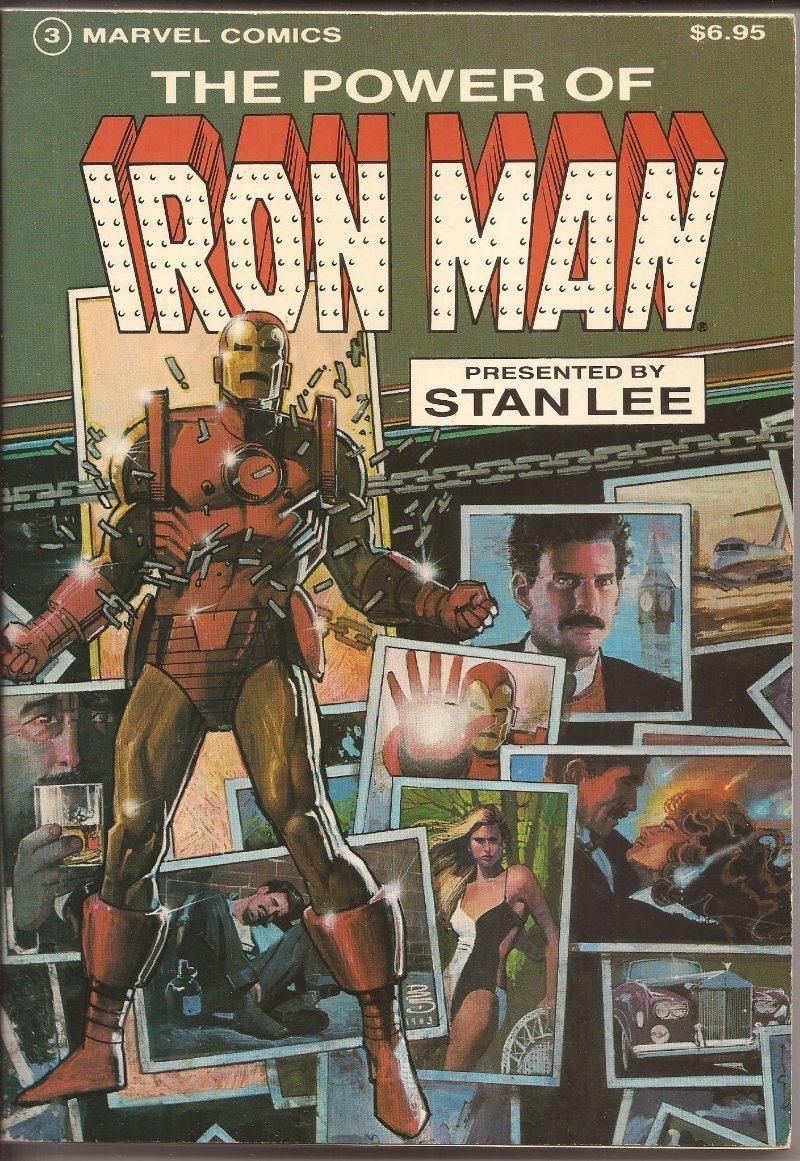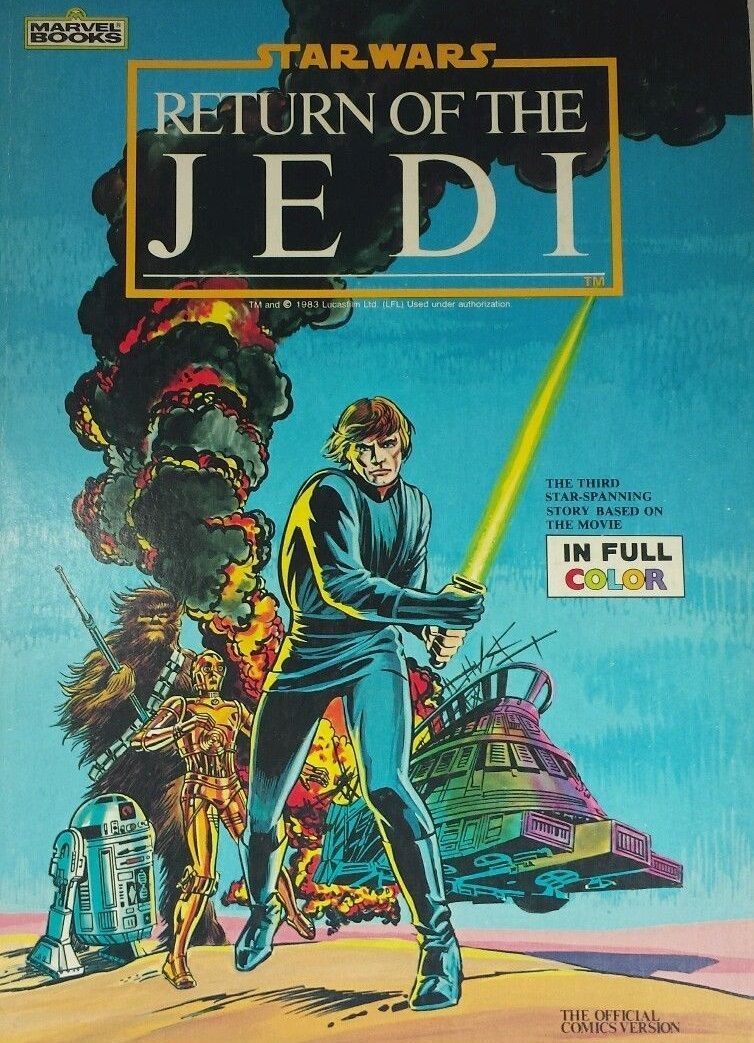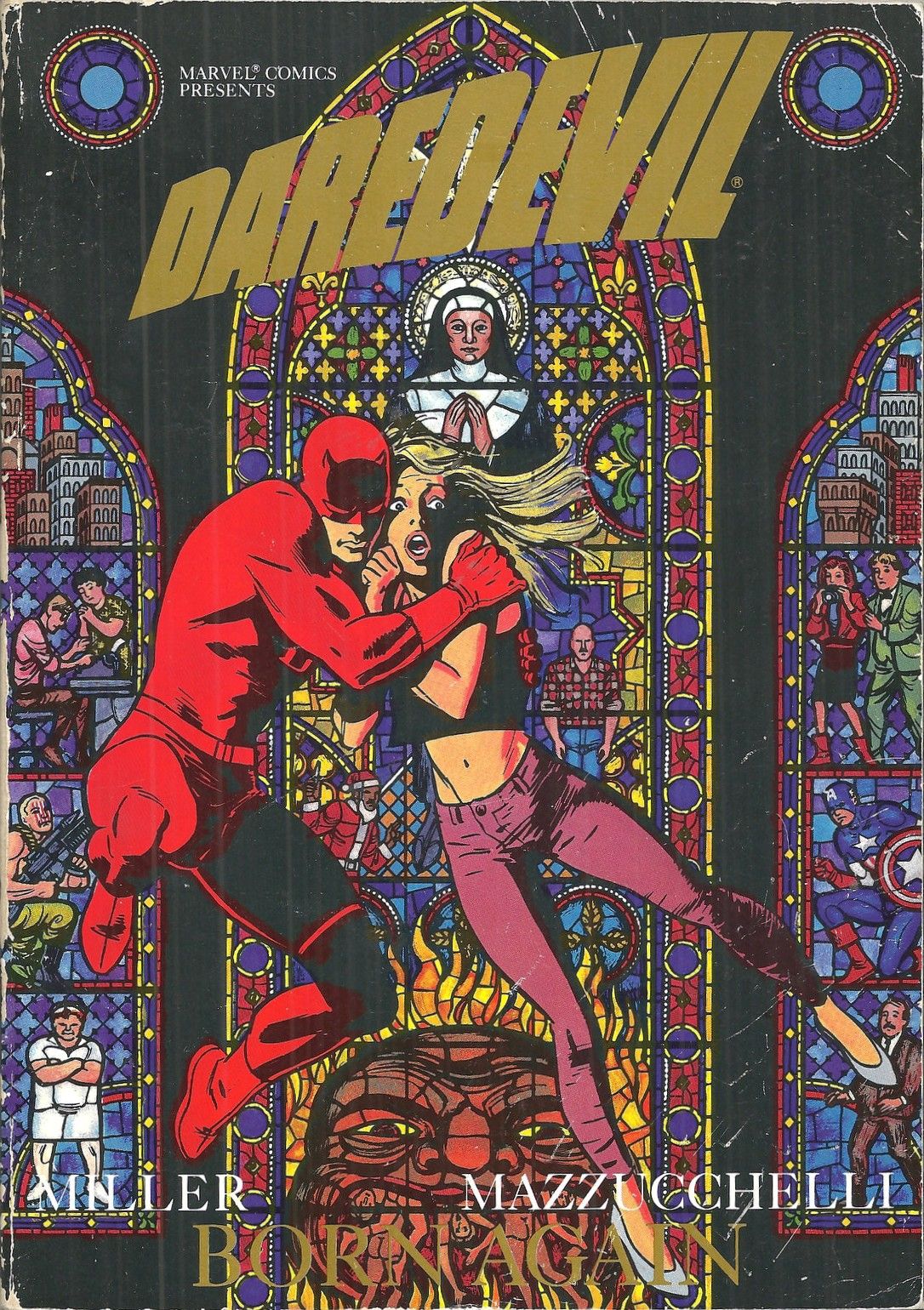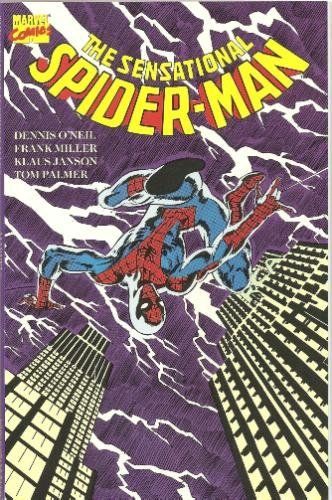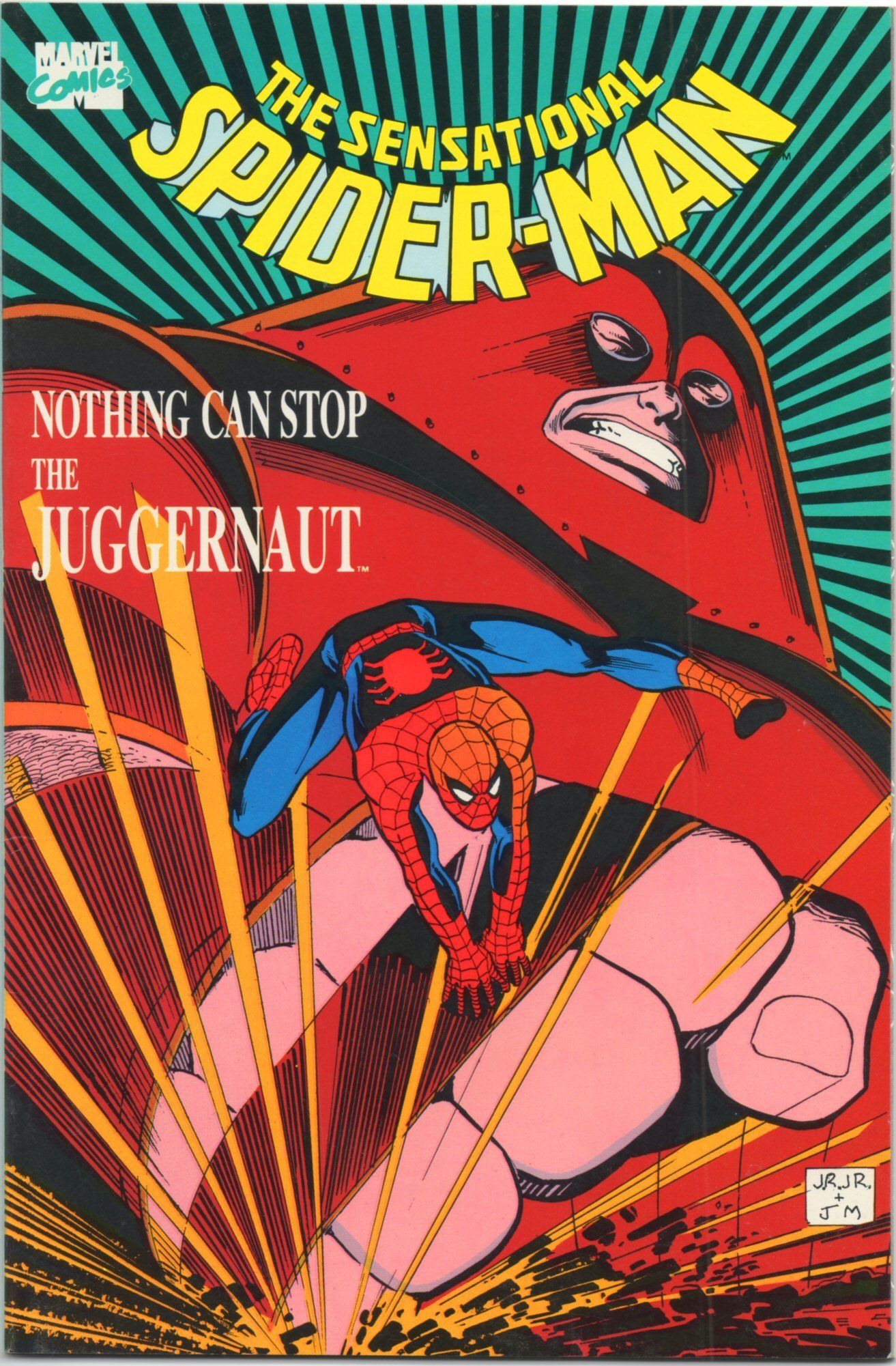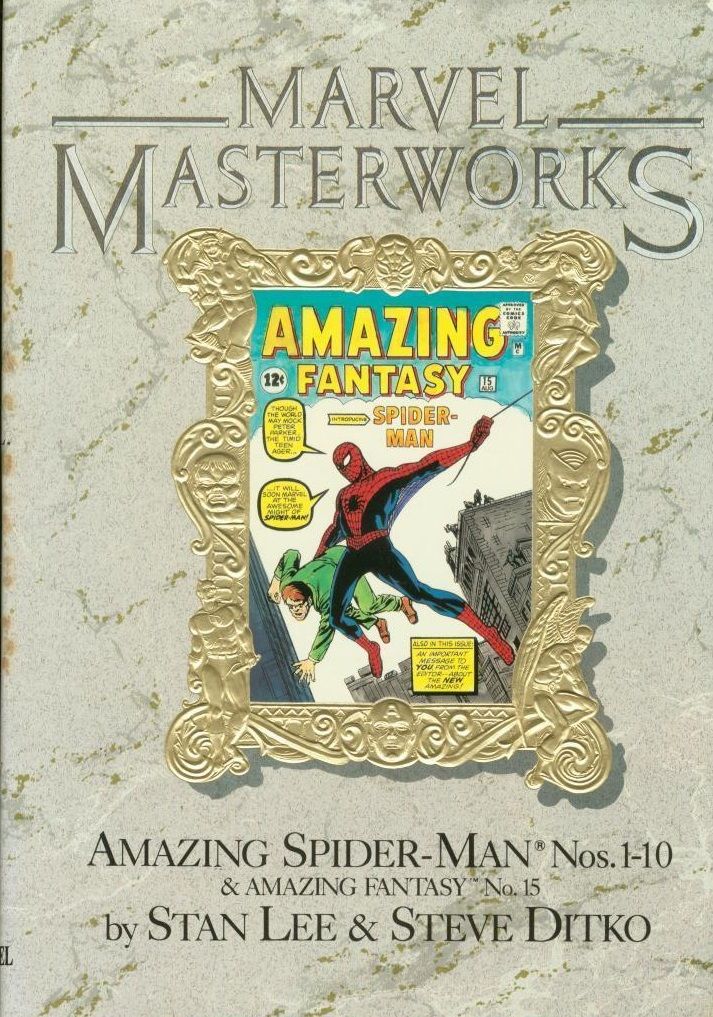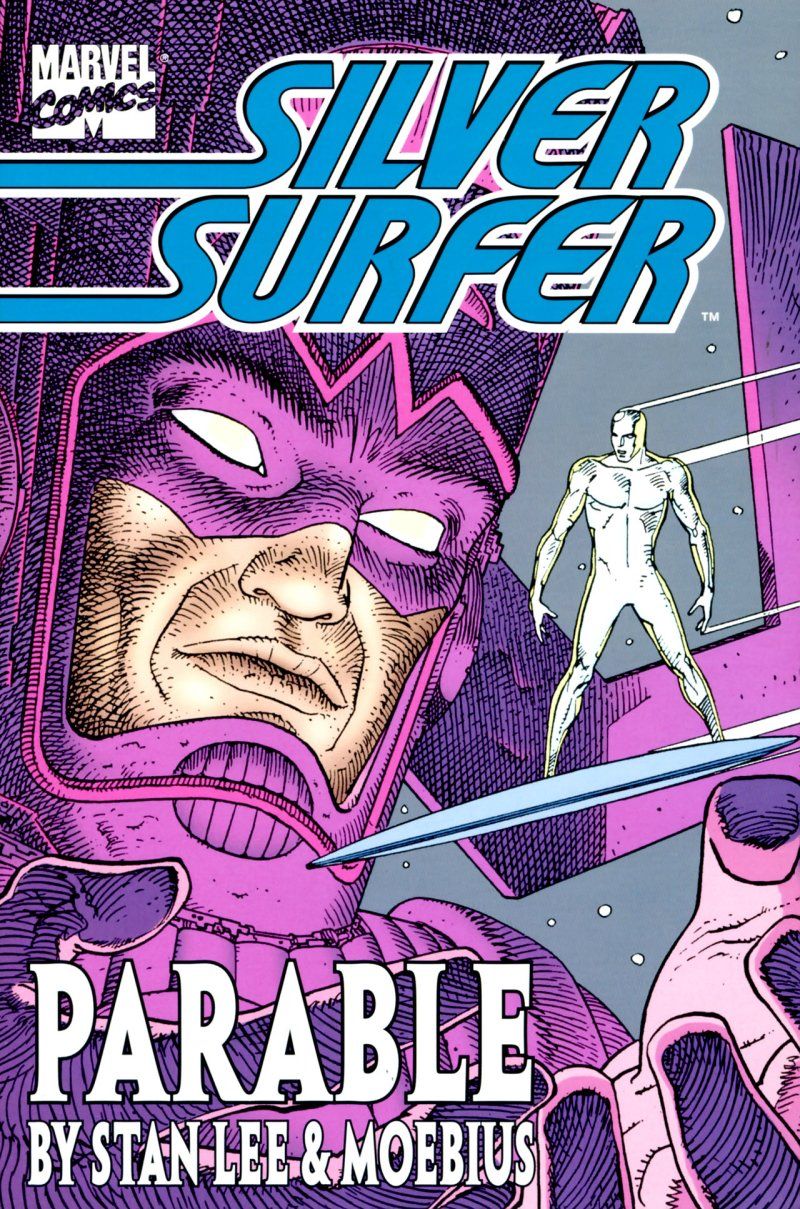Knowledge Waits is a feature where I just share some bit of comic book history that interests me.
Just recently, I wrote about the history of Dark Phoenix Saga in terms of being collected into a trade paperback by Marvel Comics. It was essentially the VERY first comic book storyline that Marvel Comics ever collected into a trade paperback. However, you might notice that it actually had a number on the top of the book (along with its amazing Bill Sienkiewicz cover)...
Well, longtime reader Phillip tweeted to me, "How long did the numbering o the early trades go on for? And which ones were issued with the numbers?"
To answer that, we pretty much have to look at the history of Marvel Comics and trade paperbacks. Well, no, we don't really HAVE to, but I WANT to and that's why this is a Knowledge Waits instead of just a simple Comic Book Questions Answered, as the answer to Philip's question is a lot simpler than what I'm about to go into (well, "a lot" is probably a stretch).
The first time that Marvel got into the trade paperback game was actually in the 1960s, when Lancer Books convinced them to put out some really cheap black and white paperback reprints of Marvel Comics, but in the old school paperback format which, of course, does not translate well to comic books...
I TOTALLY get why Marvel would have given this a try, as it was a logical attempt to broaden their market. After all, the reprint collections of Mad were what really made Mad SO popular in the late 1950s/early 1960s. It's a whole big audience outside of the newsstand.
Anyhow, that did not work very well, but then Marvel struck gold with a deal they cut with Simon and Schuster to put out trade paperback collections of Marvel Comics through Simon and Schuster's Fireside Books imprint.
The first one was Origin of Marvel Comics and it was a huge hit...
As you might have noticed, they leaned HEAVILY into Stan Lee on these things. He would write the introductions and the interstitial stuff, but his name was also a BIG part of the promotion of the books.
For the most part, these were general collections of Marvel stories, organized under a theme, like, say, villains!
or battles!
There was one original graphic novel, a Silver Surfer tale by Stan Lee and Jack Kirby, the last comic book that they would ever work on together...
As the line continued into the late 1970s, though, they began trying books specifically about certain characters, like Spider-Man...
and Captain America...
Note the Bob Larkin painted cover art on that Cap cover!
These continued to do well, but Marvel finally decided that, "Hey, we're a publishing company, right? Why not just do our OWN books?"
And so they did. Their first book, though, was a fascinating introduction to the trade paperback era for Marvel...
Page 2: [valnet-url-page page=2 paginated=0 text='How do you make sure you don't lose the Fireside Books audience?']
The first Marvel-produced trade paperback was Mighty Marvel Team-Up Thrillers, with a cover by Bob Larkin, released in 1983...
If you're thinking, "Huh? How is that not a Fireside Books collection?" then you are not alone. It was clearly intended to make the transition from Fireside Books to Marvel Comics as smooth as possible for the audience, with the format (a collection of team-up stories, naturally) just like the old Fireside Books.
Then, of course, things changed when Marvel collected the Dark Phoenix Saga in 1984...
Followed by the Power of Iron Man, also with a Sienkiewicz cover...
However, that would pretty much be it for the numbering (I threw in the "pretty much" because maybe I missed a #4. I don't believe so, but hey, better safe than sorry).
In 1985, Marvel started Marvel Books, which began doing trade collections of Marvel's licensed series...
As well as coloring books and activity books and stuff like that.
This presumably also led to a restructuring of their trade paperback division. The next major Marvel trade was Born Again, which was likely a special case because of the whole success that Warner Books was having with their collections of Frank Miller's Dark Knight Returns...
Then, in 1988, Marvel began putting out trade paperbacks regularly again, under their new Editor-in-Chief, Tom DeFalco.
They mostly stuck to reprinting recent comic books (while, of course, doing a Spider-Man collection with Frank Miller comics)....
It appears as though "Sensational Spider-Man" was their trade name for the trade collections of Spider-Man books.
This was because in 1987, they had begun their Marvel Masterworks line of hardcover reprints of their classic earlier work...
1988 was also memorable for the Silver Surfer: Parable trade, which was probably the first Marvel trade paperback that was designed from the beginning, as Parable was a two-issue series that was intended to be collected right away...
Marvel's trade paperback program has gone through many ups and downs in the last thirty years, but this was how we got to the basic start of it, at least. Going in house was a smart idea for them.
Thanks to Phillip for the suggestion! If anyone else has a suggestion for a piece of comic book history that you'd like to see me write about, drop me a line at brianc@cbr.com!

